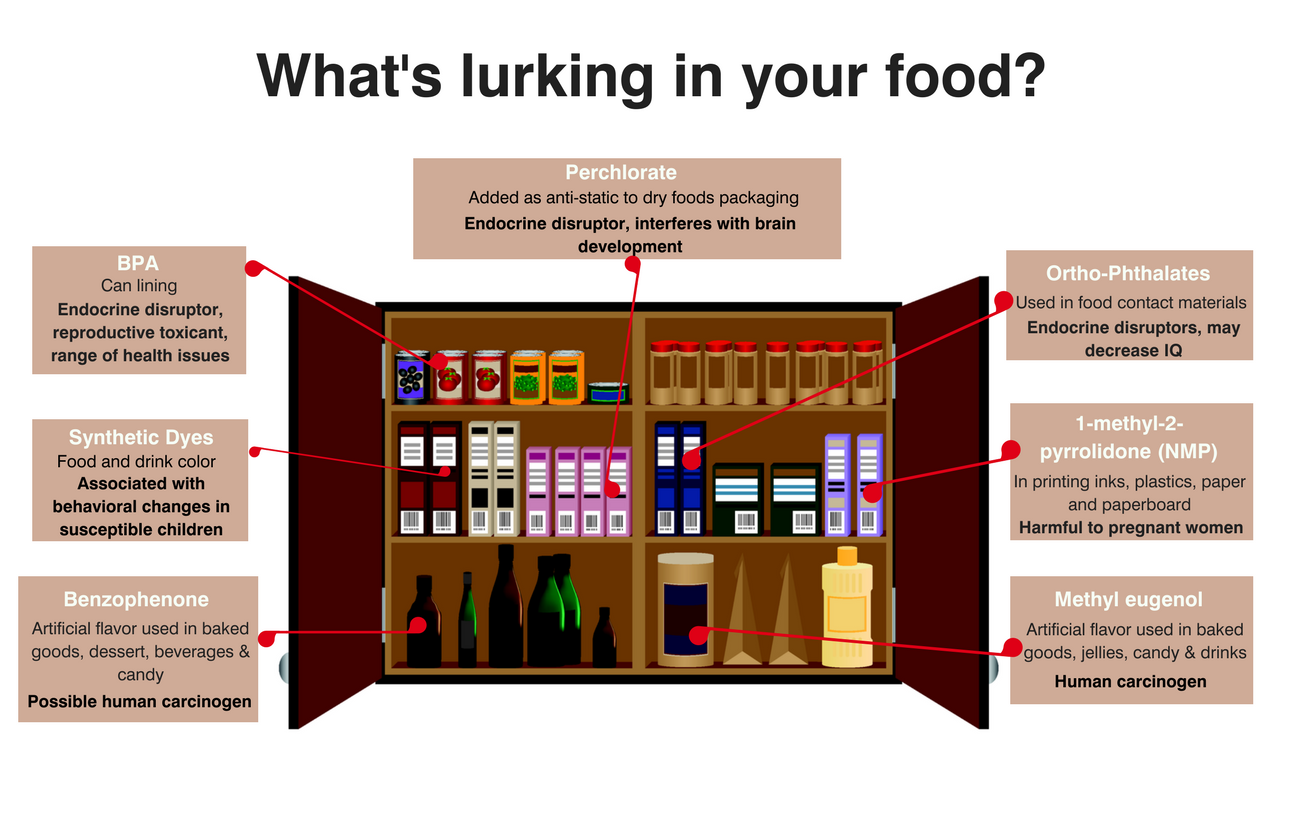Tom Neltner, J.D., is Chemicals Policy Director and Maricel Maffini, Ph.D., Consultant
On May 1, 2018, Environmental Protection Agency’s (EPA) Office of Pesticide Programs (OPP) made an interim pesticide registration decision[1] for hypochlorite bleach used to disinfect drinking water. The office decided to require the “Precautionary Statements” section of the bleach’s pesticide label to include advisory best management practices to minimize the formation of chlorate and perchlorate. The new label will state:
“The following practices help to minimize degradant formation in drinking water disinfection:
- It is recommended to minimize storage time.
- It is recommended that the pH solution be in the range of 11-13.
- It is recommended to minimize sunlight exposure by storing in opaque containers and / or in a covered area. Solutions should be stored at lower temperatures. Every 5º C reduction in storage temperature will reduce degradant formation by a factor of two.
- Dilution significantly reduces degradant formation. For products with higher concentrations, it is recommended to dilute hypochlorite solutions with cool, softened water upon delivery, if practical for the application.”
EDF submitted comments in November 2017 supporting OPP’s proposed label changes and requesting specific changes to the language including making the advice to users mandatory. We also asked the agency to extend the changes to hypochlorite bleach used to treat produce and to disinfect food handling equipment.










